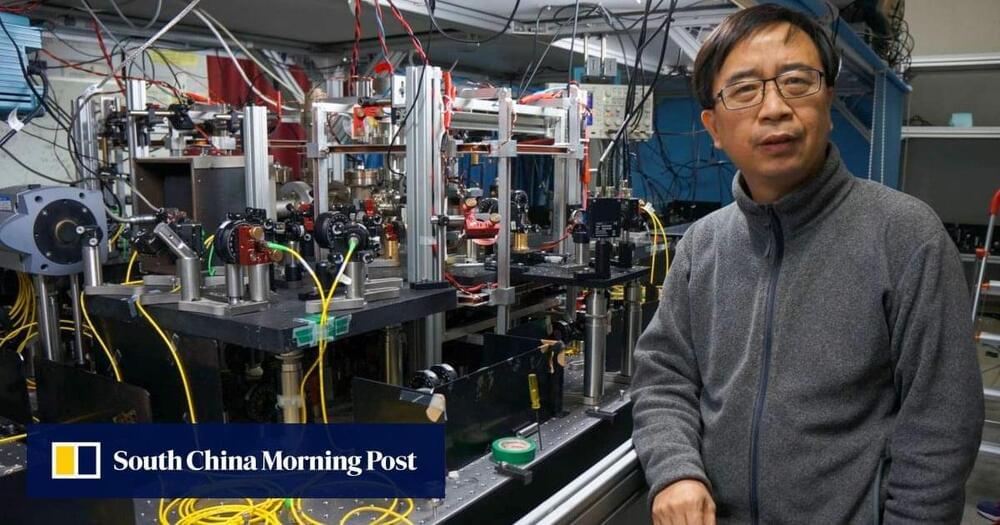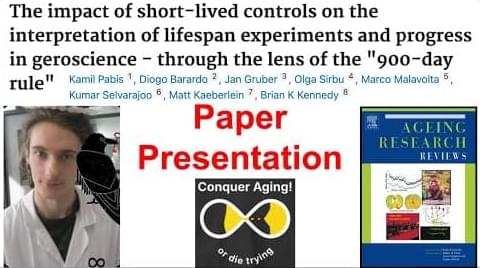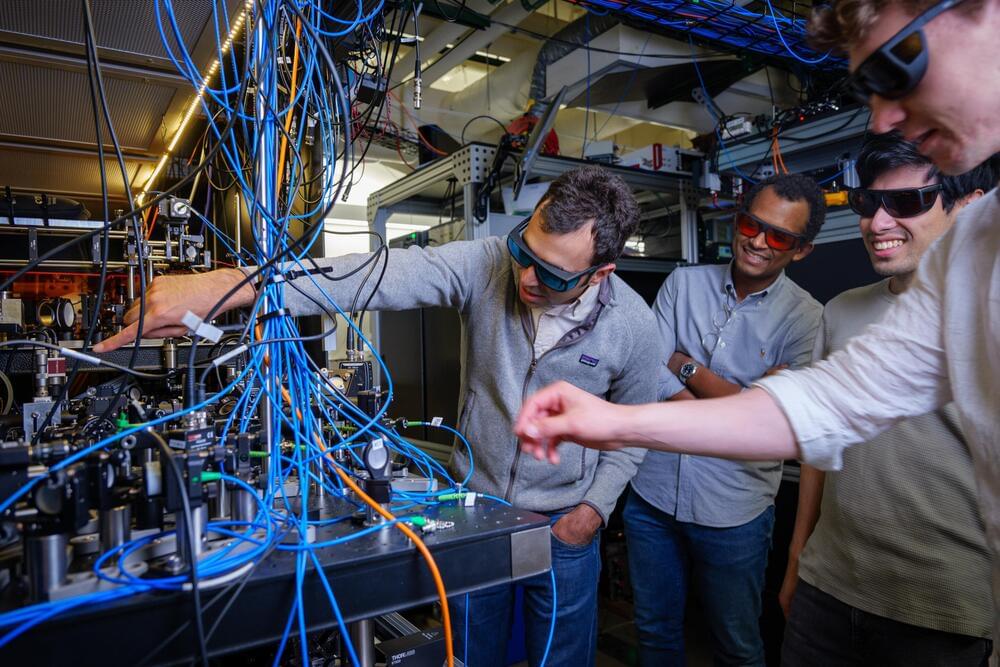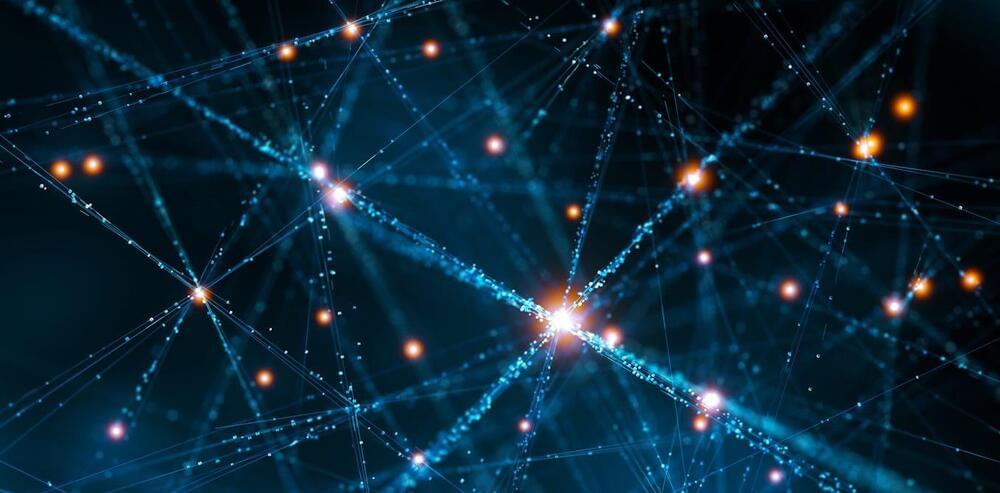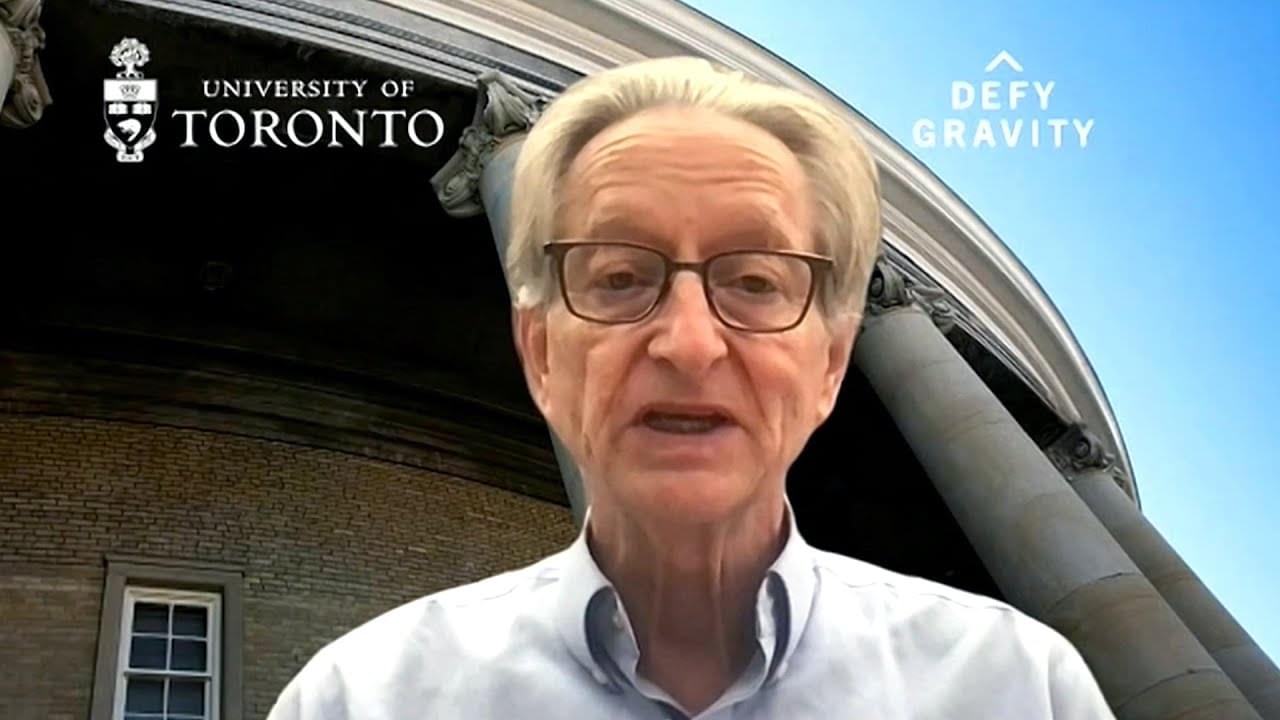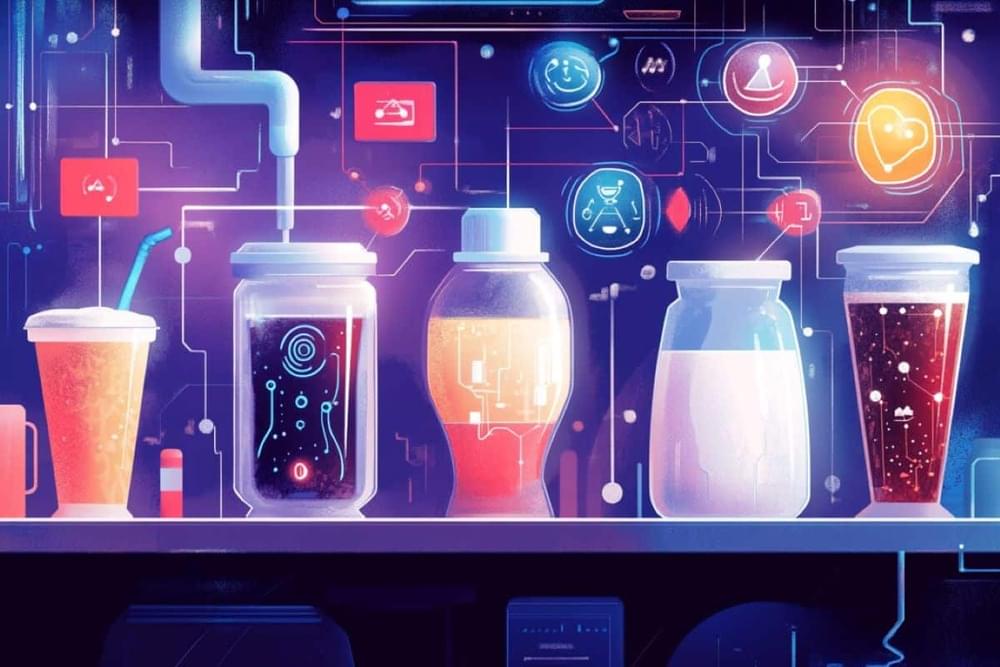
Summary: Researchers have developed an AI-powered “electronic tongue” capable of distinguishing subtle differences in liquids, such as milk freshness, soda types, and coffee blends. By analyzing sensor data through a neural network, the device achieved over 95% accuracy in identifying liquid quality, authenticity, and potential safety issues. Interestingly, when the AI was allowed to select its own analysis parameters, it outperformed human-defined settings, showing how it holistically assessed subtle data.
This technology, which uses graphene-based sensors, could revolutionize food safety assessments and potentially extend to medical diagnostics. The device’s AI insights also provide a unique view into the neural network’s decision-making process. This innovation promises practical applications across industries where quality and safety are paramount.
